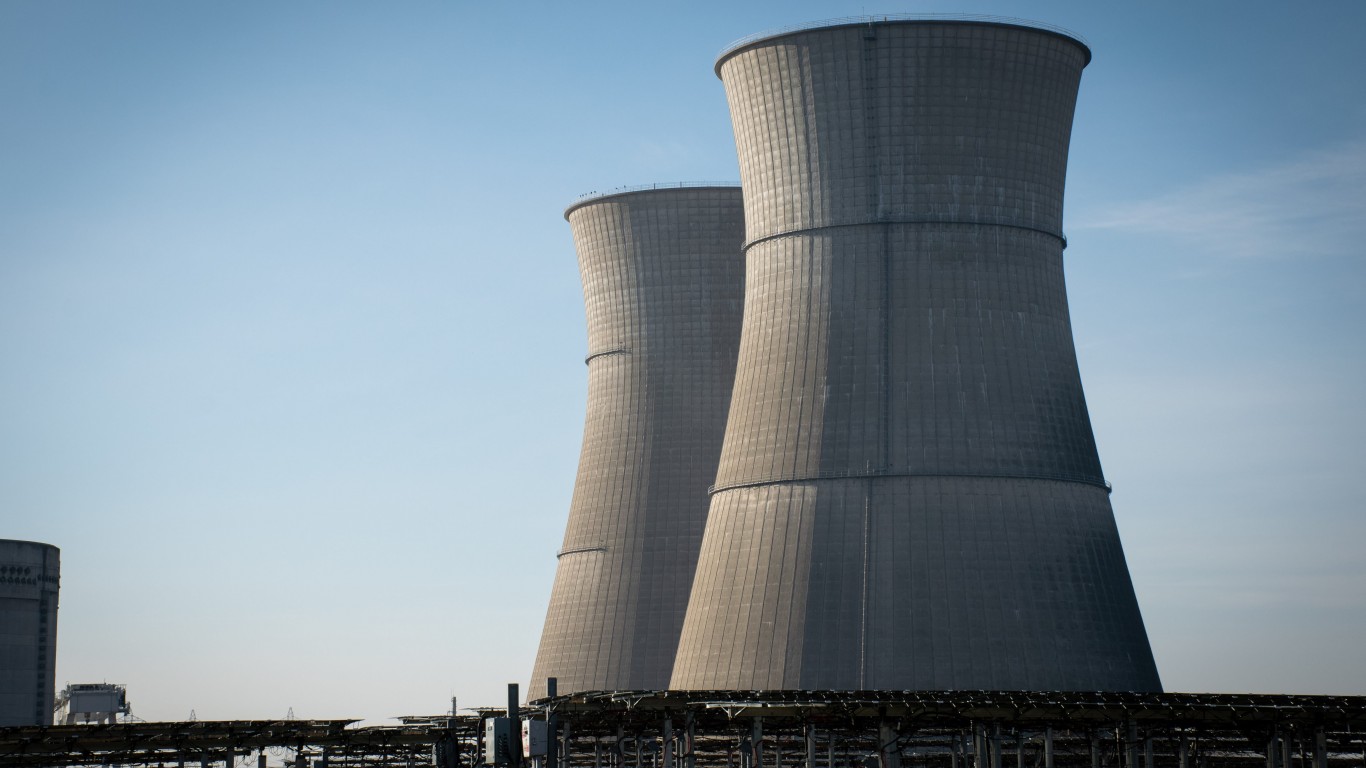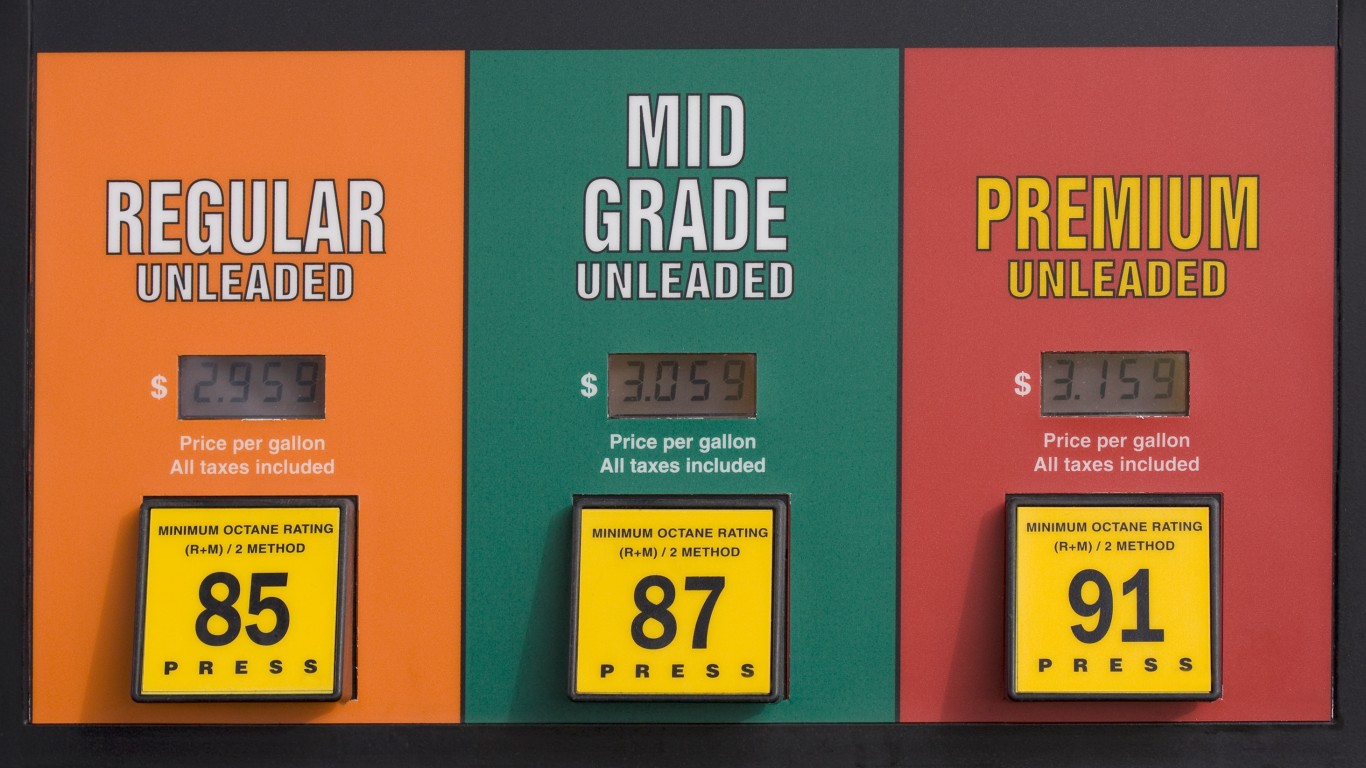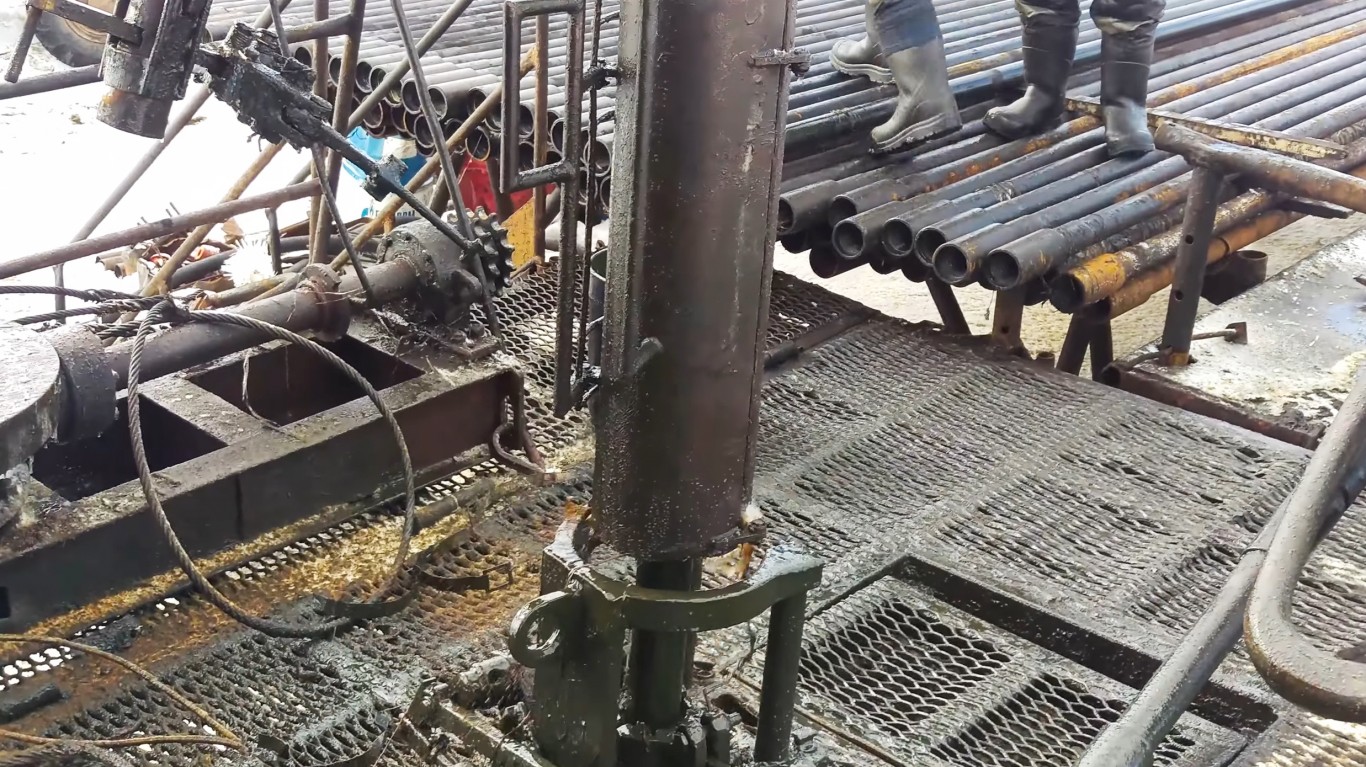 The rise in US natural gas production from shale has cut the use of coal as a power generation fuel by about 20%. Natural gas, which emits about half the CO2 of coal, has also contributed heavily to an overall decrease in US carbon emissions.
The rise in US natural gas production from shale has cut the use of coal as a power generation fuel by about 20%. Natural gas, which emits about half the CO2 of coal, has also contributed heavily to an overall decrease in US carbon emissions.
The International Energy Agency (IEA) reports the US carbon emissions have fallen by a total of 450 million metric tons in the past five, the largest decrease of any country in the world. The news is not all good though. In 2011, global carbon emissions totaled 31.6 billion metric tons, about 1 billion more than were emitted in 2010. The annual increase is considerably higher than the average 600 million metric tons emitted between 2006 and 2010.
In an interview with the Financial Times, the IEA attributes the drop in US emissions to “a combination of policy and technology – policy driving greater efficiency and technology making shale gas production viable.”
Maybe, but a slow economy in the US and throughout much of the globe also contributed to the decrease. The US industrial capacity utilization rate in April 2012 was just 76.1%, compared with a 30-year average of 80.3%. In 2009, at the depths of the recession, the utilization rate was just 66.8%.
And while natural gas production has boomed in the US, global crude production has not. The following chart from Professor James Hamilton’s Econbrowser blog indicates an expected growth path for oil production (red line) versus actual production (blue line) as a function of global GDP. By last year, production should have been near 100 million barrels/day, but barely managed 86.5 million barrels.
If the dip in the red line on the chart had not occurred, production would have had to reach about 105 million barrels/day to meet demand. Assuming that level of production could have been achieved it would not have mattered how much natural gas the US burned to generate electricity. Carbon emissions would very likely not have fallen if the world economy had not tanked.
Abundant, cheap natural gas in the US was more than offset by added coal burning (and carbon emissions) in China and India. To their credit, the Chinese are working on using alternative fuels like solar and wind to keep their carbon emissions in some kind of check. But if China resumes its 10%+ GDP growth path, all the natural gas in the US won’t keep carbon emissions under control.
Paul Ausick

Are You Ahead, or Behind on Retirement? (sponsor)
If you’re one of the over 4 Million Americans set to retire this year, you may want to pay attention.
Finding a financial advisor who puts your interest first can be the difference between a rich retirement and barely getting by, and today it’s easier than ever. SmartAsset’s free tool matches you with up to three fiduciary financial advisors that serve your area in minutes. Each advisor has been carefully vetted, and must act in your best interests. Start your search now.
Don’t waste another minute; get started right here and help your retirement dreams become a retirement reality.
Thank you for reading! Have some feedback for us?
Contact the 24/7 Wall St. editorial team.




